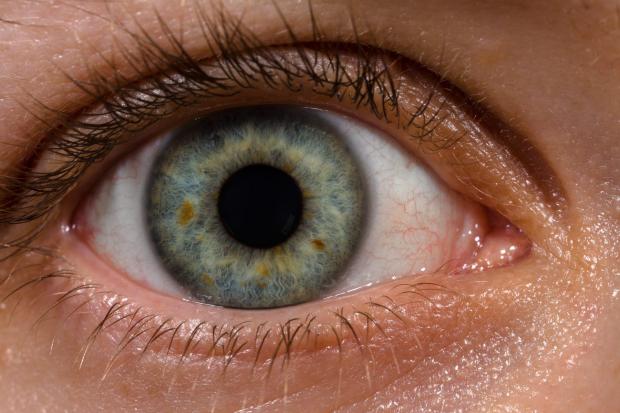
Breaking News
 Bitcoin Circular Economies and a Bridge Between Las Vegas and Peru
Bitcoin Circular Economies and a Bridge Between Las Vegas and Peru
 'Right of Return' for Israeli Child Predators Fleeing U.S.
'Right of Return' for Israeli Child Predators Fleeing U.S.
Top Tech News
 Magnetic Fields Reshape the Movement of Sound Waves in a Stunning Discovery
Magnetic Fields Reshape the Movement of Sound Waves in a Stunning Discovery
 There are studies that have shown that there is a peptide that can completely regenerate nerves
There are studies that have shown that there is a peptide that can completely regenerate nerves
 Swedish startup unveils Starlink alternative - that Musk can't switch off
Swedish startup unveils Starlink alternative - that Musk can't switch off
 Video Games At 30,000 Feet? Starlink's Airline Rollout Is Making It Reality
Video Games At 30,000 Feet? Starlink's Airline Rollout Is Making It Reality
 Automating Pregnancy through Robot Surrogates
Automating Pregnancy through Robot Surrogates
 SpaceX launches Space Force's X-37B space plane on 8th mystery mission (video)
SpaceX launches Space Force's X-37B space plane on 8th mystery mission (video)
 This New Bionic Knee Is Changing the Game for Lower Leg Amputees
This New Bionic Knee Is Changing the Game for Lower Leg Amputees
 Grok 4 Vending Machine Win, Stealth Grok 4 coding Leading to Possible AGI with Grok 5
Grok 4 Vending Machine Win, Stealth Grok 4 coding Leading to Possible AGI with Grok 5
Injection of nanoparticle-based retina restores vision to blind rats

A single injection of nanoparticles was found to create a working artificial retina, restoring vision to blind rodents.
Degenerative age-related vision loss is so common it would be easy to think it simply an unavoidable consequence of getting older. However, a number of innovative research projects have found ways to prevent, or at least slow, this seemingly inevitable process.
A great deal of age-related vision loss is related to a degradation of the retina, so many researchers have worked to develop different kinds of artificial retinas, using electrodes and sensors to replicate retinal functions. However, these prosthetic solutions are not ideal, requiring wiring, cameras and invasive surgery.
Another option to restore retinal function is by using specifically engineered nanoparticles to serve as light-sensitive conduits to retinal neurons. In a newly published study, researchers have demonstrated how conjugated polymer nanoparticles (P3HT-NP) can potentially spread broadly across the sub-retinal space and restore lost vision.

 How Great Powers Fall Apart
How Great Powers Fall Apart
 Zionism Is What It Does
Zionism Is What It Does HERE COMES THE MOTHERSHIP
HERE COMES THE MOTHERSHIP Venus Aerospace Hypersonic Engine Breakthroughs
Venus Aerospace Hypersonic Engine Breakthroughs

